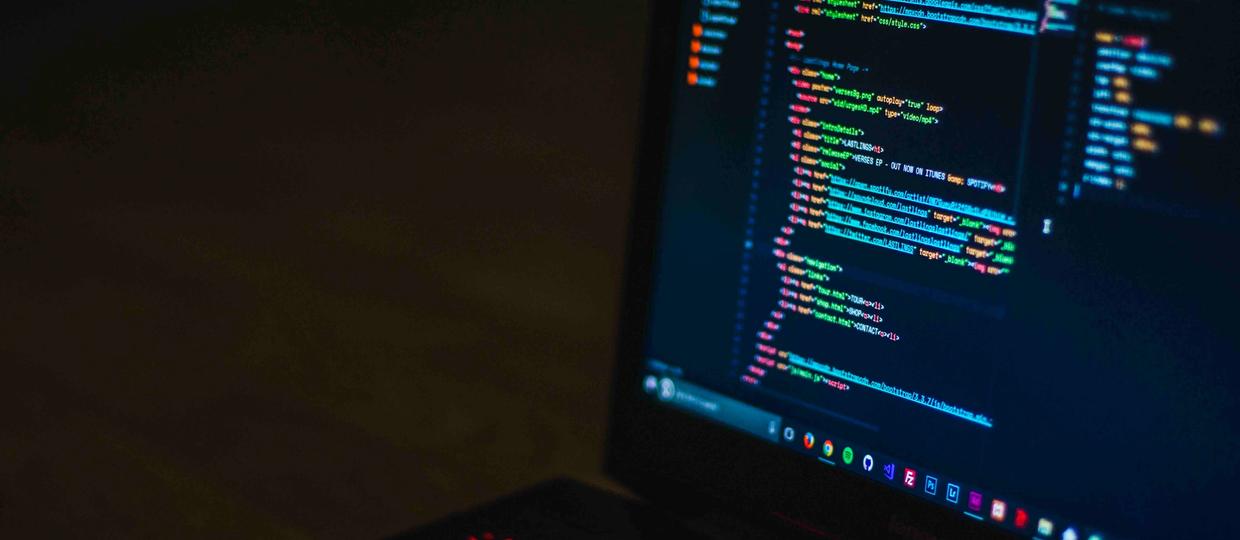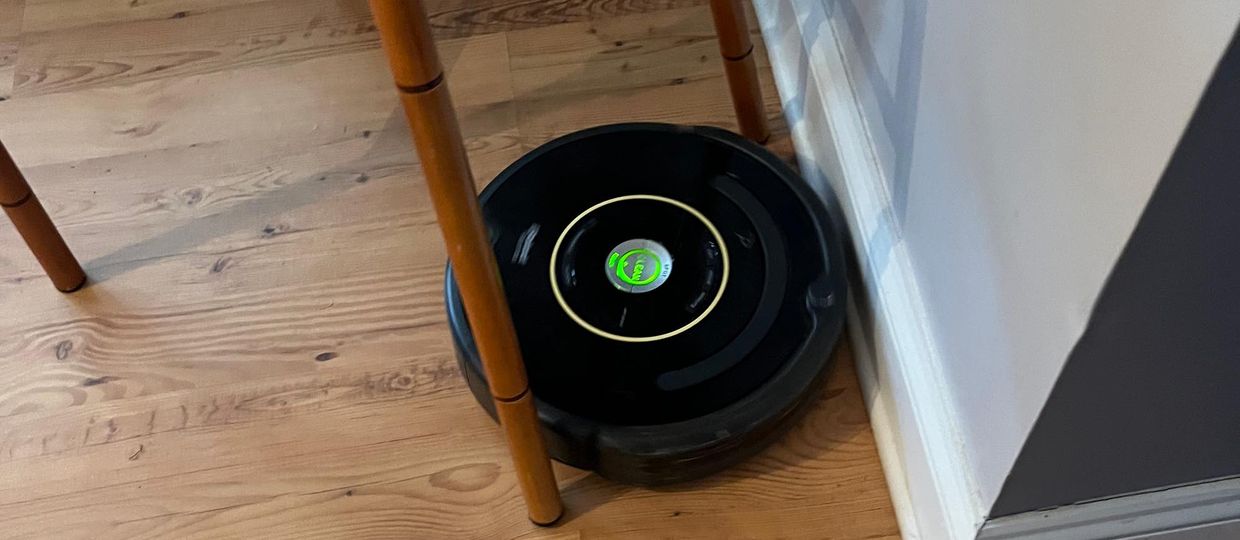About
An online publication on science, culture, and the academy
A question asked seemingly needs an answer, and problems posed require solutions. But in filling the gaps in our knowledge, we often move too quickly, allowing our initial sense of a question to dictate the possible answers rather than interrogating the assumptions that led to the question in the first place. As a result, our answers fall to the level of our questions, and our solutions are limited by how we frame our problems. In our hurry we have made a mistake, and the only signal we have for having done so are the edge cases, the situations where the initial answers do not apply.
Physics has a good way to deal with edge cases. It is an approach which reveals the nature of the edge itself and tells us whether the solutions we are familiar with are the only ones that exist. Some of these solutions are clean and easy to understand, but they are only so at the expense of their realism. And we are able to probe that realism through perturbations.
The perturbations frame the edge cases as slight extensions to the cases we believe we understand. By studying such extensions, we can calculate the deviating results well enough and walk away with our previous set of knowledge mostly in tact. For, after all, discovering an island does not require one to re-evaluate the importance of a continent.
But the most interesting outcomes arise when our calculations fail, when theories of small deviations break down because the thing that we believed to be the edge case is revealed to be the essence of the case itself. Mercury’s precession is not anomalous. There is no missing energy in beta decay. The aether is hard to find because it in fact does not exist. Our previous frameworks are dashed. Our conceptions of the world are forever altered. The principles of work that we used to climb to our current plateau must be relinquished if we are to ever climb higher.
The aim of this online publication is to explore such perturbations in science, in culture, and the academy. We consider the disturbances in the background of what we believe we understand and by pushing the probe far enough we hope to augment that understanding itself.













